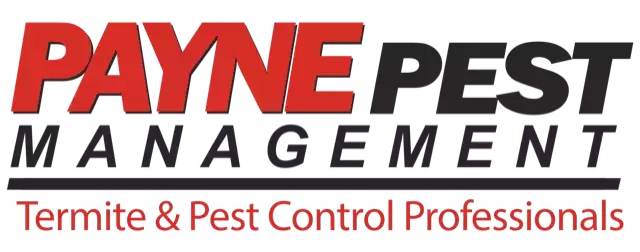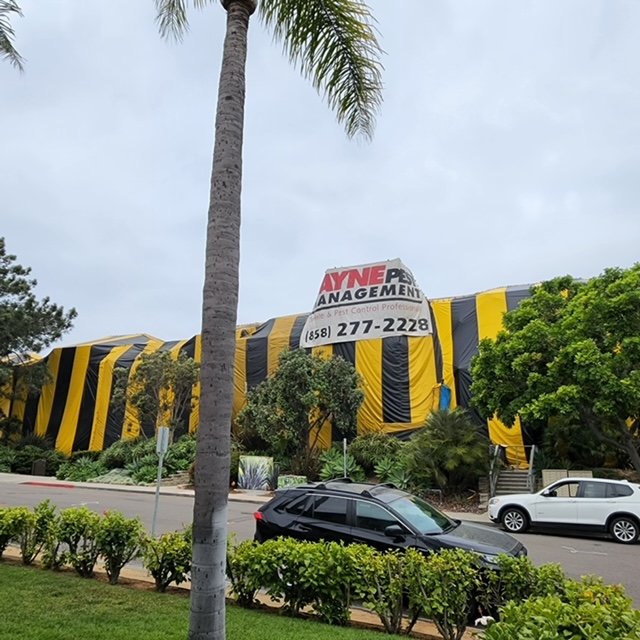Termites are among the most elusive yet destructive pests homeowners can encounter. In the charming city of Temecula, nestled in California’s wine country, these wood-munching insects can be a homeowner’s worst nightmare. With its warm climate and picturesque landscapes, Temecula creates an ideal habitat for these unwelcome guests. But fear not! This guide will arm you with the knowledge to identify common termite species in the area, helping you protect your home and investments.
In this comprehensive exploration, we will introduce you to the termite species that call Temecula home, reveal their unique characteristics, and provide insights into effective termite management. Whether you’re a new homeowner or a seasoned resident, understanding the local termite threat is essential. Let’s start the journey of discovery and protection for your property.
Unmasking the Most Common Termite Species
The Formidable Subterranean Termite
Subterranean termites are one of the most prevalent species found in Temecula. These tiny invaders live in underground colonies, creating intricate tunnel systems to access above-ground food sources. Their ability to remain hidden makes them a particularly insidious threat.
Despite their small size, subterranean termites can cause significant structural damage. They work quietly, often revealing their presence only after considerable harm has been done. Recognizing the signs of an infestation early can save homeowners from costly repairs.
Preventing subterranean termite infestations involves regular inspections and maintaining a barrier between soil and wood structures. Experts often recommend using bait systems to monitor and control these persistent pests.
The Sneaky Drywood Termite
Unlike their subterranean counterparts, drywood termites do not require soil contact. They build their colonies inside the wood they consume, making them harder to detect until the damage becomes severe.
Drywood termites are notorious for infesting furniture, flooring, and even picture frames. They leave behind telltale signs, such as small piles of wood-colored pellets, known as frass, near infested areas.
Homeowners can combat drywood termites by ensuring proper ventilation and sealing cracks in their homes’ exteriors. In severe cases, fumigation may be necessary to eradicate an infestation completely.
The Lesser-Known Dampwood Termite
While less common than subterranean and drywood termites, dampwood termites can still pose a threat in Temecula. These termites prefer moist wood, often infesting damp areas like leaky roofs or plumbing issues.
Identifying dampwood termites involves looking for larger-than-average insects with a preference for damp environments. Unlike other species, they do not create mud tubes, but their presence can indicate moisture problems in your home.
To prevent dampwood termite infestations, address any water leaks and maintain proper drainage around your property. Keeping wood structures dry and well-ventilated is crucial.
Signs of a Termite Infestation
Mysterious Mud Tubes
One of the most telltale signs of a subterranean termite infestation is the presence of mud tubes. These pencil-sized tunnels connect the colony to their food source, providing moisture and protection.
Mud tubes are often found along foundation walls, crawl spaces, or basements. Regularly inspecting these areas can help detect termite activity before it becomes severe.
If mud tubes are discovered, it’s essential to contact a professional pest control service to assess the extent of the infestation and provide appropriate treatment options.
Discarded Wings and Swarming
During certain times of the year, termite swarms can occur as winged termites leave the nest to establish new colonies. Swarmers are often attracted to light and can be seen around windowsills or light fixtures.
Finding discarded wings or witnessing a swarm indicates a mature termite colony nearby. Swift action is necessary to prevent further infestation and damage.
Homeowners experiencing swarms should seek professional inspection and treatment to address the underlying colony and prevent future swarms.
Hollowed or Damaged Wood
Termites consume wood from the inside out, leaving a thin veneer protecting hollowed sections. Tapping on wood surfaces and hearing a hollow sound is a strong indicator of termite damage.
Sagging floors, buckling walls, or visible mazes within wood are other signs of an infestation. Regularly checking wooden structures can help catch termite activity early.
Addressing wood damage promptly can prevent structural issues and minimize repair costs. Professional pest control services can provide effective solutions to eradicate termites and restore affected areas.
Effective Termite Management Strategies
Regular Inspections and Monitoring
One of the best defenses against termites is routine inspections. Professional pest control experts can identify vulnerabilities and early signs of infestations.
Homeowners should schedule annual inspections, especially in high-risk areas like Temecula. Early detection allows for swift intervention, minimizing damage and repair expenses.
Installing monitoring stations and bait systems can provide ongoing protection, alerting homeowners to termite activity before it escalates.
Implementing Preventative Measures
Prevention is key in termite management. Maintaining a clear boundary between soil and wooden structures can deter subterranean termites.
Ensure proper ventilation and moisture control within your home. Repair leaks promptly and divert water away from foundations to reduce the risk of dampwood termites.
Seal cracks and gaps in your home’s exterior to prevent drywood termite entry. Regular maintenance can safeguard your property from potential infestations.
Professional Treatment Options
When termites are detected, professional treatment is often necessary. Pest control specialists offer various options, including liquid treatments, bait systems, and fumigation.
Choosing the right treatment depends on the termite species, infestation severity, and home structure. A professional assessment can tailor a solution to meet your needs.
Post-treatment inspections and ongoing monitoring ensure long-term protection and peace of mind for homeowners.
The Importance of Community Awareness
Educating Neighbors and Sharing Knowledge
Raising awareness about termite threats and prevention within your community can help reduce infestation risks for everyone. Sharing knowledge empowers neighbors to take proactive measures.
Consider organizing neighborhood workshops or information sessions with pest control experts. Collaborative efforts can strengthen community defenses against termites.
By fostering open communication, residents can collectively address termite issues and promote a termite-free environment.
Supporting Local Pest Control Initiatives
Supporting local pest control initiatives and businesses can enhance community-wide termite management efforts. Partnering with professionals ensures access to expert knowledge and resources.
Encourage neighbors to use reputable pest control services for inspections and treatments. A united approach can create a more resilient community against termite threats.
Working together, Temecula residents can protect their homes and preserve the beauty of their surroundings.
Understanding the common termite species in Temecula is crucial for protecting your home and investments. Subterranean, drywood, and dampwood termites each pose unique threats, but with knowledge and vigilance, homeowners can safeguard their properties.
Regular inspections, preventative measures, and professional treatments are essential components of effective termite management. By staying informed and proactive, residents can minimize the risk of infestation and its associated costs.
With community collaboration and awareness, Temecula can remain a beautiful, termite-free haven. For those seeking further guidance, consider consulting pest control experts to ensure your home remains protected from these hidden invaders.







